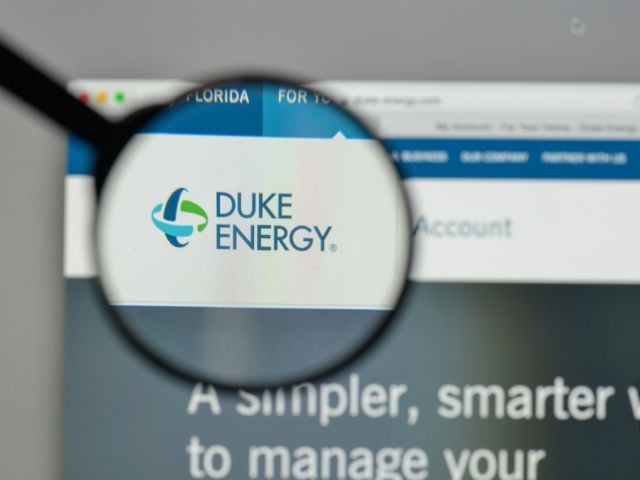
The new clean energy economy provides over four times more jobs in the Great Lakes region than the fossil fuel and nuclear power industries, according to EWG’s analysis of recent reports.
In Clean Jobs Midwest, the nonprofits Clean Energy Trust and E2 conclude that the 12 Midwestern states had more than 700,000 clean energy jobs in 2017. Data in the Clean Jobs Midwest report was derived from the U.S. Energy and Employment Report released in May by the National Association of Energy Officials and the Energy Future Initiative.
Narrowing the data on the entire Midwest region to the six Great Lakes states – Illinois, Indiana, Michigan, Minnesota, Ohio and Wisconsin – shows that there are about 345,000 clean energy jobs in those states. That compares to about 57,000 jobs at coal, natural gas and nuclear power plants and about 21,000 jobs in coal mining and natural gas drilling.
Here are EWG’s takeaways for the Great Lakes region:
- The energy efficiency sector is by far the largest job generator, with almost 300,000 jobs in the Great Lakes area.
- In the Great Lakes states, wind and solar accounted for the most jobs in the renewables sector, reaching over 60,000 jobs.
- Jobs tied to coal mining and natural gas fracturing and related jobs in the Great Lakes states amounted to only about 21,000.
- The major coal producing states – Indiana, Illinois and Ohio – saw a decline in coal mining-related jobs from 2016 to 2017, ranging from over 4 percent in Indiana to over 13 percent in Illinois.
- Small businesses are king in the Great Lakes clean energy sector. On average, about three-fourths of clean energy businesses in the region employ fewer than 20 people.
- The small decline in solar jobs in some states was attributed to uncertainty over extension of the federal tax credit for solar investment and the recent imposition of tariffs on solar panels imported from China.
Of the factors generating these jobs, including the declining costs of wind and solar, it’s clear that public policy plays an important role. For instance, key job-creating subsectors within the energy efficiency arena are high efficiency heating and air conditioning, the federal EnergyStar program for appliances and lighting, and building materials such as insulation.
Key to this development is the federal appliance and equipment efficiency standard program for a broad array of products that’s been in place for decades. According to the Appliance Standards Awareness Network, consumers saved $80 billion from existing standards in 2015, and that will increase to about $150 billion in 2030.
Job growth in clean energy is boosted – or slowed – by government policies. For example:
- According to a 2017 Department of Energy report, the adoption of international building codes by Great Lakes states will save over $8 billion in energy costs by 2040 for commercial businesses and nearly $20 billion for residential customers.
- In Ohio, a hostile policy environment for clean energy has resulted in stunted wind growth, first through the suspension of the state’s renewable energy standard and then by the imposition of draconian setbacks for wind farms while the state pursues natural gas fracking, resulting in higher job numbers in that sector than in any other Great Lakes state.
- Strong state policy support for community solar in Minnesota, the Clean Jobs Midwest report shows, yielded an 18 percent increase in solar jobs in the state over just one year.
- According to E&E News, Illinois added almost 4,000 renewable jobs due to the passage of the Future Energy Jobs Act in 2016.
The bottom line is that any state can greatly strengthen its economy with well paying jobs if policymakers provide certainty for the renewables and energy efficiency sectors. Unswerving state support can also overcome external economic forces that would otherwise dampen investment and job growth in those sectors.


